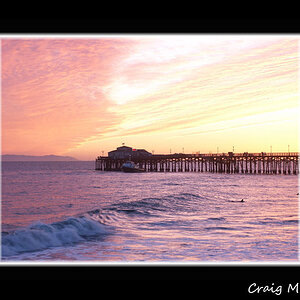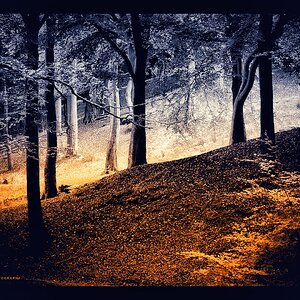Dubaiian
TPF Noob!
- Joined
- Mar 11, 2012
- Messages
- 184
- Reaction score
- 18
- Location
- Dubai, United Arab Emirates
- Can others edit my Photos
- Photos OK to edit
I have been taking pictures for a couple of years now and mostly use manual, Av or Tv and use the viewfinder meter to tell me when something is correctly exposed. I also understand things like centre exposure, spot exposure, average exposure etc in camera. Additionally I usually check what Lightroom thinks in the develop menu. This seems to produce pleasing results most of the time.
My question comes from recently starting to use a Tilt Shift lens to capture some of the modern architecture in Dubai (where I live) as I like to see the straightened buildings but of course once you tilt or shift the in camera metering is meaningless. So the questions is, should I be using a scientific way to measure exposure or is the naked eye on the LCD and or Lightroom to see whats pleasing enough.
Excuse me if this is asked anywhere else, but I could not see it.
My question comes from recently starting to use a Tilt Shift lens to capture some of the modern architecture in Dubai (where I live) as I like to see the straightened buildings but of course once you tilt or shift the in camera metering is meaningless. So the questions is, should I be using a scientific way to measure exposure or is the naked eye on the LCD and or Lightroom to see whats pleasing enough.
Excuse me if this is asked anywhere else, but I could not see it.



![[No title]](/data/xfmg/thumbnail/37/37538-d4704bfd4f0e4b1941649d81ff8edf2c.jpg?1619738133)
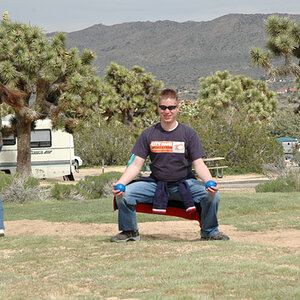

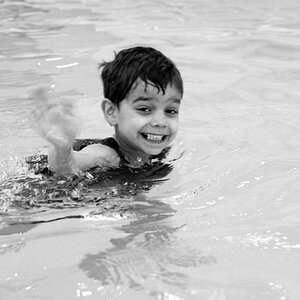

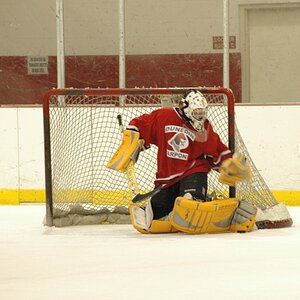
![[No title]](/data/xfmg/thumbnail/42/42465-64dd69400e2bfaf59e558c3d8c934271.jpg?1619740192)

